Choosing the wrong foam for vinyl dip coating causes peeling and waste. This ruins products and costs money. We guide you to pick the right foam for a perfect vinyl finish.
The best foams for vinyl dip coating are typically closed-cell foam types like NBR/PVC blends, which offer excellent durability and heat resistance. Certain Polyurethane (PU) foam, Polyethylene (XLPE) foam, and EVA foam can also work, depending on their density, formulation, and the specific coating process parameters used.
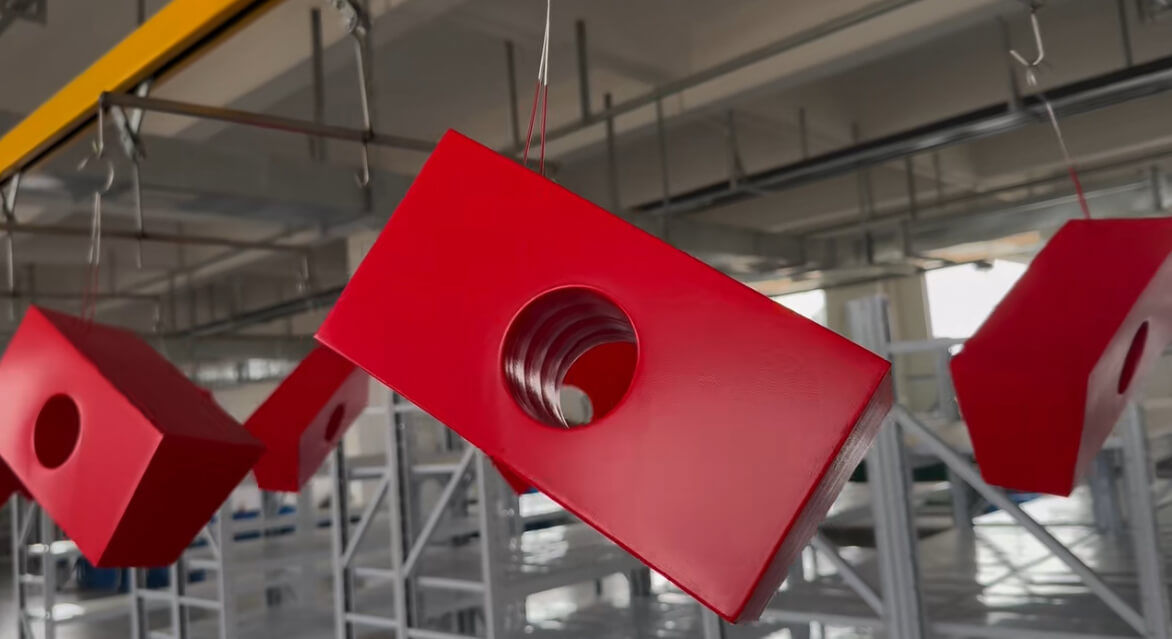
Getting that smooth, durable vinyl coating relies heavily on the foam underneath. Before diving into specific foam types, let's quickly understand what vinyl dip coating involves and what it demands from the foam. This foundation helps make sense of why some foams work better than others.
What Does Vinyl Dip Coating Need from Foam?
Dipping foam and getting poor results like bubbles or weak bonds? This happens when the foam isn't compatible. Understand the process needs to avoid costly coating failures later.
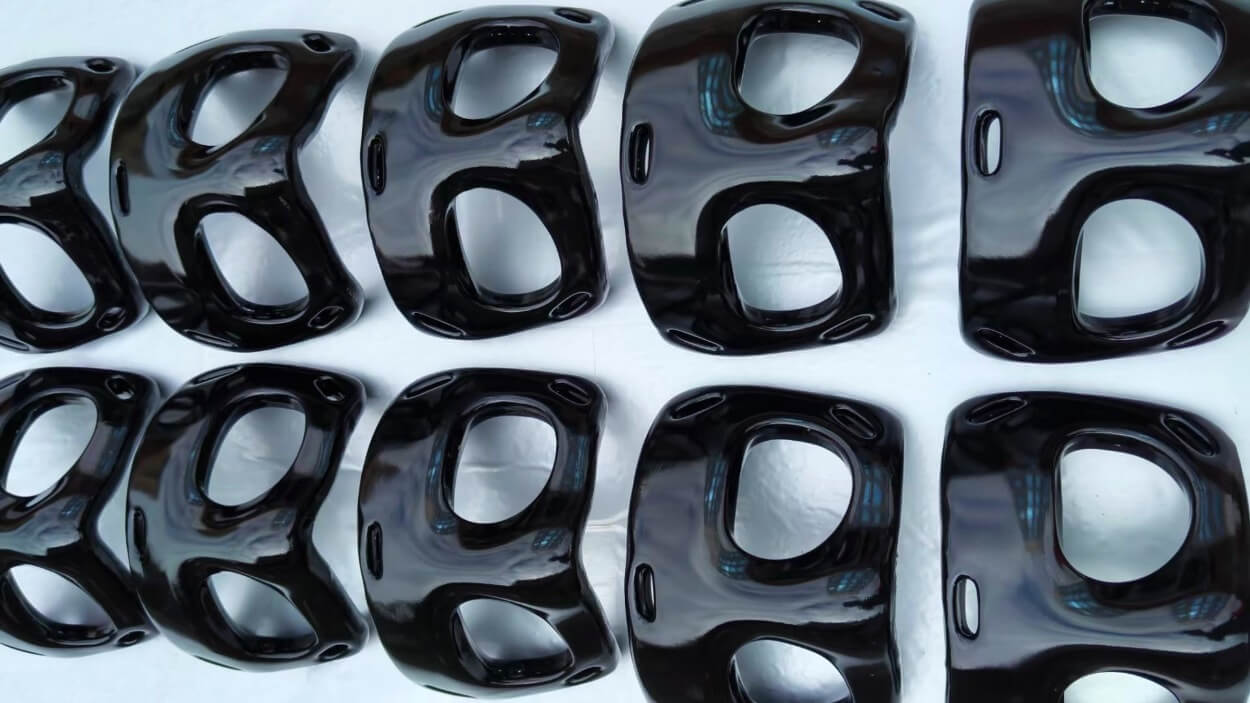
Vinyl dip coating needs foam that resists the process heat without degrading, has good surface properties (often closed-cell) for adhesion, and won't outgas excessively during coating. Material stability and appropriate surface texture are key for a smooth, well-bonded vinyl layer.
Vinyl dip coating usually uses a liquid plastic called plastisol1. The foam part is often preheated, then dipped into this liquid vinyl, and finally cured in an oven. This heat is crucial. The foam must withstand these temperatures (often 300-400°F or 150-200°C) without melting, shrinking excessively, or collapsing. Closed-cell foams generally perform better because they don't absorb the liquid plastisol like open-cell foams might. Absorption can lead to heavy, uneven coatings.
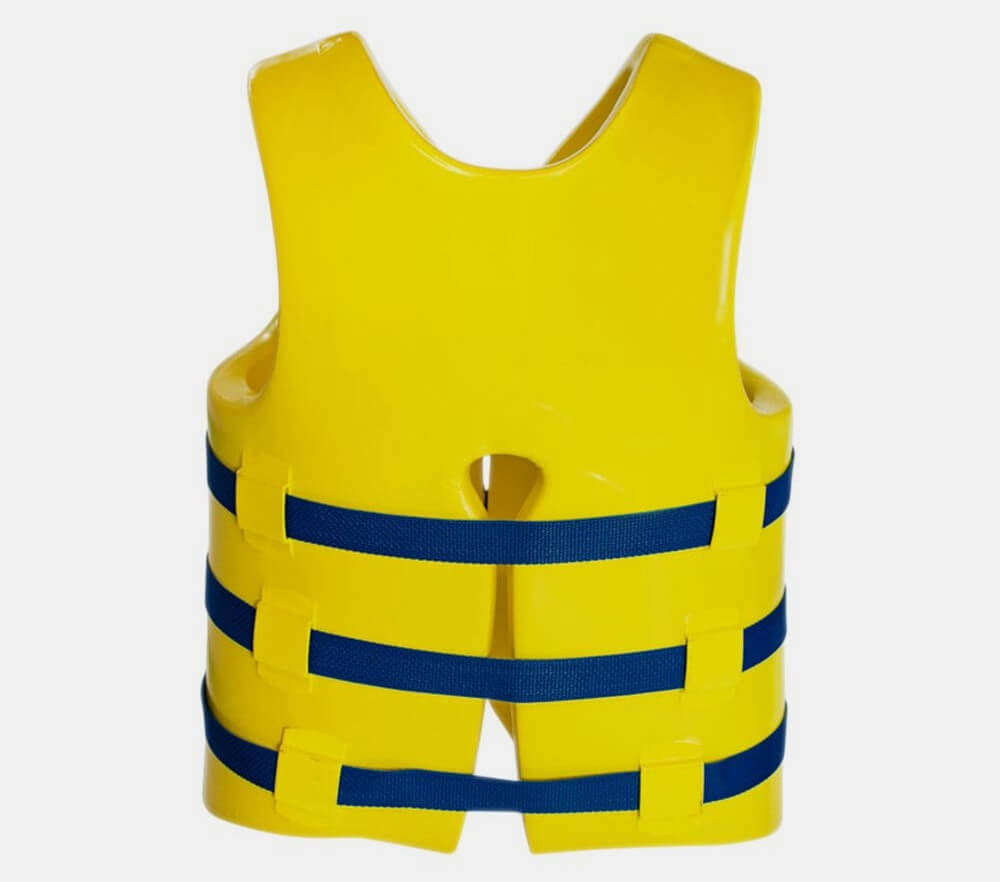
The foam's surface needs to allow the vinyl to "wet out" and form a strong mechanical bond as it cures. If the foam releases gases (outgassing) when heated, it can cause bubbles or pinholes in the finished vinyl layer. So, key requirements are:
- Thermal Stability: Resists process heat.
- Cell Structure: Preferably closed-cell for less absorption.
- Surface Quality: Allows good vinyl adhesion.
- Low Outgassing: Prevents bubbles during cure.
Can You Use Polyurethane Foam for Vinyl Dip Coating?
Considered PU foam but worried it won't take vinyl coating well? Some PUs fail, leading to weak bonds. Knowing which types work prevents wasted effort and ensures durability.
Yes, certain Polyurethane (PU) foams can be vinyl dip coated, especially flexible molded PU and some higher-density open-cell types. Success depends on the specific PU formulation's heat resistance and surface characteristics. Careful process control is often needed for consistent results.
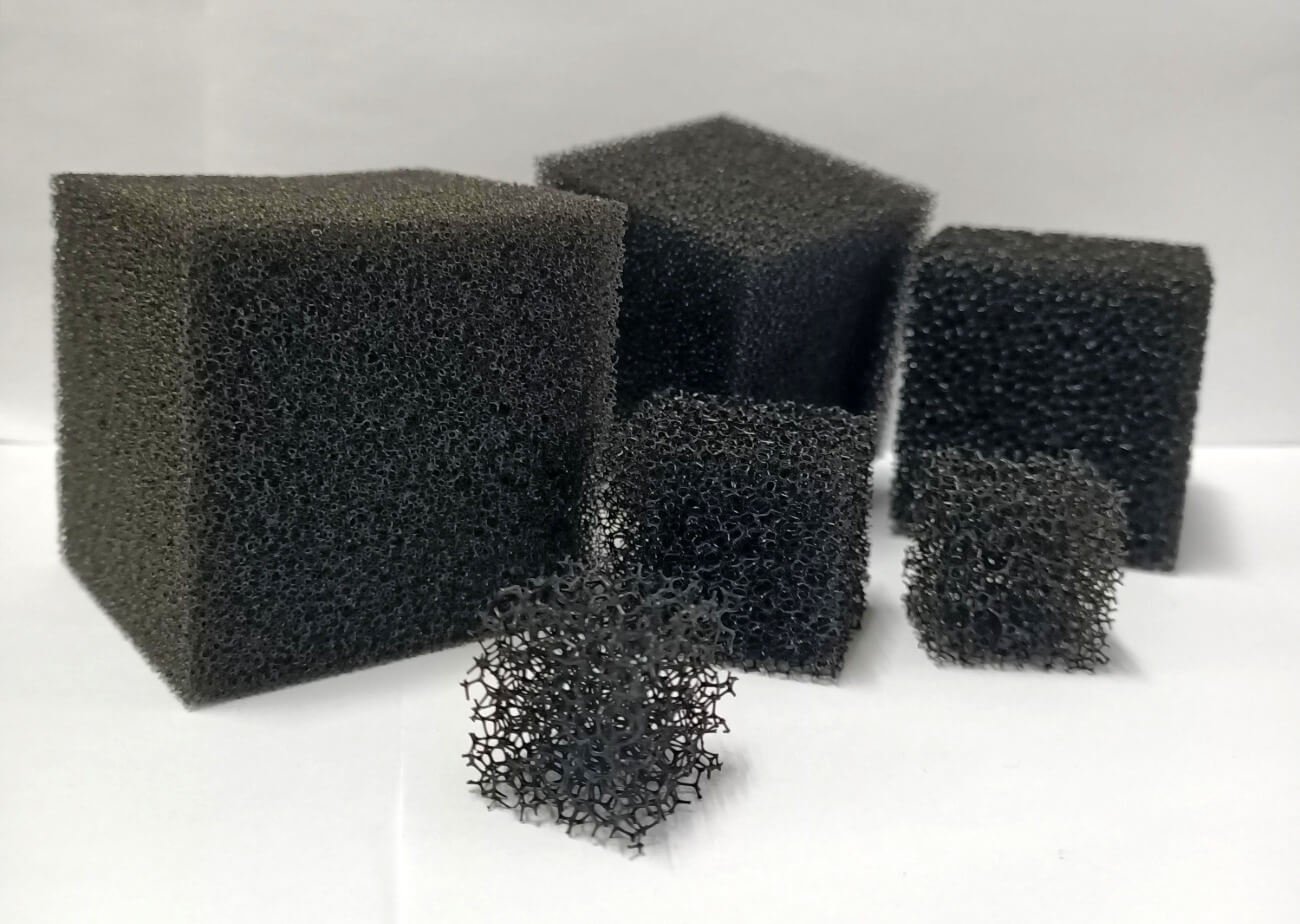
Polyurethane foam comes in many forms. Standard open-cell PU (like upholstery foam) is tricky for vinyl dipping. Its open structure can absorb too much plastisol, making the part heavy and potentially uneven. It can also struggle with the heat. However, flexible molded PU foams, often denser and with a skin or more closed surface structure, can be suitable. These are engineered for specific shapes and properties, sometimes including better heat resistance.
Success often depends on the density and chemical makeup2. Lower density open-cell types might require sealers before dipping, adding cost and complexity. With any PU, controlling the preheat temperature and curing cycle is vital. This helps avoid scorching or degrading the foam, especially at the surface where the bond forms. We've found careful testing is key when considering PU foam for vinyl coating projects.
Why is NBR/PVC Foam Often Ideal for Vinyl Dip Coating?
Want the most reliable foam for vinyl dipping? Choosing less suitable foams risks poor adhesion and short product life. NBR/PVC blends offer consistent, premium results for demanding applications.
NBR/PVC (Nitrile Butadiene Rubber/Polyvinyl Chloride) foam blends are often ideal because they are closed-cell, inherently resistant to oils and chemicals, durable, and handle the heat of vinyl dip coating processes3 very well. Their surface promotes excellent vinyl adhesion for long-lasting results.
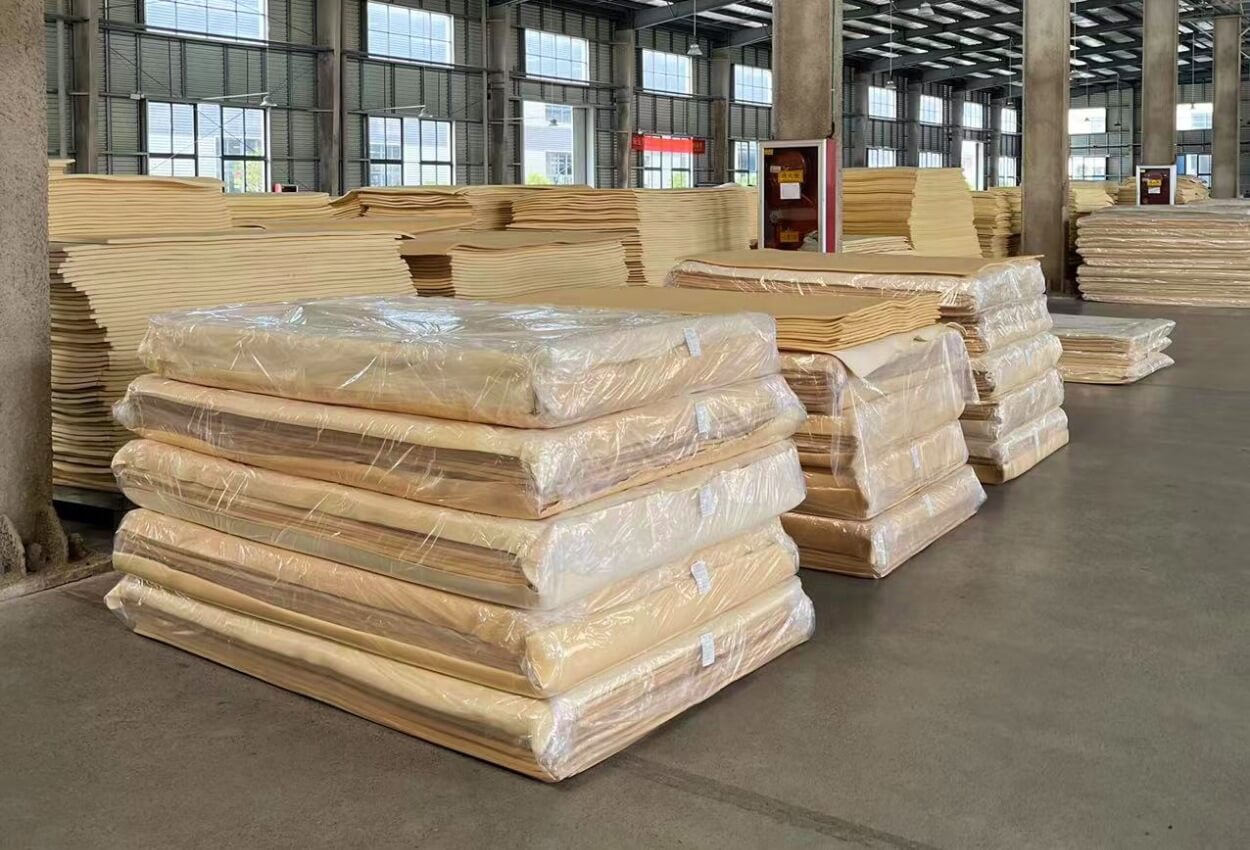
NBR/PVC foam4 is a blend that combines the flexibility and oil resistance of Nitrile rubber with the durability and processing ease of PVC. This combination results in a closed-cell foam5 that's naturally tough and resistant to many chemicals and oils. Critically for vinyl dipping, it generally has excellent thermal stability. It easily handles the typical curing temperatures without significant degradation. Its closed-cell nature prevents plastisol absorption.
This ensures a consistent coating thickness and weight. The surface of NBR/PVC foam typically provides a great base for the vinyl plastisol to bond strongly during curing. This leads to a durable, peel-resistant finish. Because of these properties, we often recommend NBR/PVC blends for applications needing high durability and a reliable coating. Examples include industrial grips, handles, protective padding, and flotation devices. It’s a go-to choice for premium results in vinyl coating.
Which Polyethylene (XLPE) Foams Work for Vinyl Dip Coating?
Interested in using PE foam but unsure if it accepts vinyl coating? Some PE foams melt or shrink badly. Selecting the right type, like XLPE, is key for successful coating.
Cross-linked Polyethylene (XLPE) foam often works well for vinyl dip coating due to its closed-cell structure and improved heat resistance compared to non-cross-linked PE. Success depends on the specific density and formulation; higher densities generally perform better under heat.
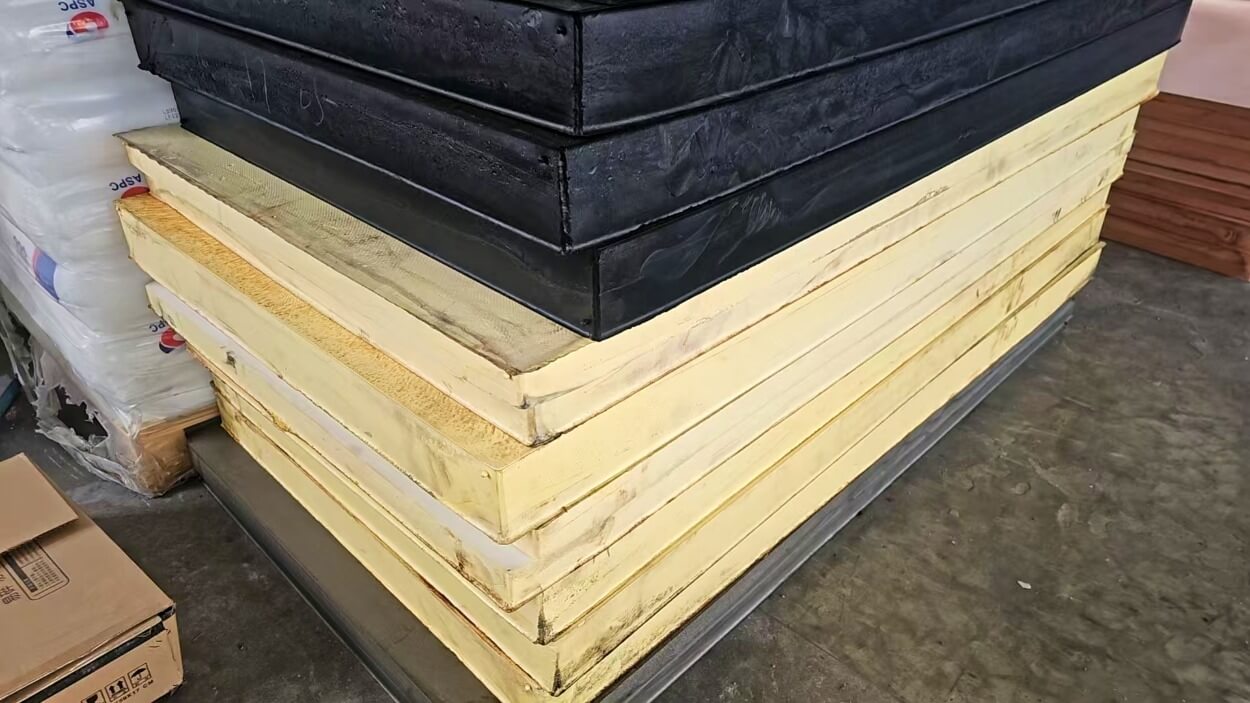
Standard Polyethylene (PE) foam often has a lower melting point. It might not withstand vinyl dip coating temperatures well. However, cross-linked Polyethylene (XLPE) foam is different. The cross-linking process creates stronger bonds within the foam structure. This improves its thermal stability6, strength, and rigidity. XLPE is typically closed-cell, which is good for preventing plastisol absorption. While generally more heat resistant than standard PE, some lower-density XLPE grades can still experience shrinkage or surface distortion at curing temperatures. Higher density XLPE foams tend to perform better.
Careful control over preheating and curing times/temperatures is essential when using XLPE. This minimizes any potential heat-related issues. We find XLPE can be a cost-effective option for certain applications where its properties align with the moderate heat exposure of some vinyl coating processes. Testing specific grades is always recommended first.
Is EVA Foam Compatible with Vinyl Dip Coating?
Like EVA's properties but worried vinyl won't stick well? Poor adhesion ruins the product's feel and function. Understanding EVA's compatibility ensures a good bond and finish.
EVA (Ethylene Vinyl Acetate) foam can be compatible with vinyl dip coating, but success often requires surface preparation or specific coating formulations. Its closed-cell structure is good, but achieving strong adhesion might need careful process control or primers due to EVA's surface characteristics.
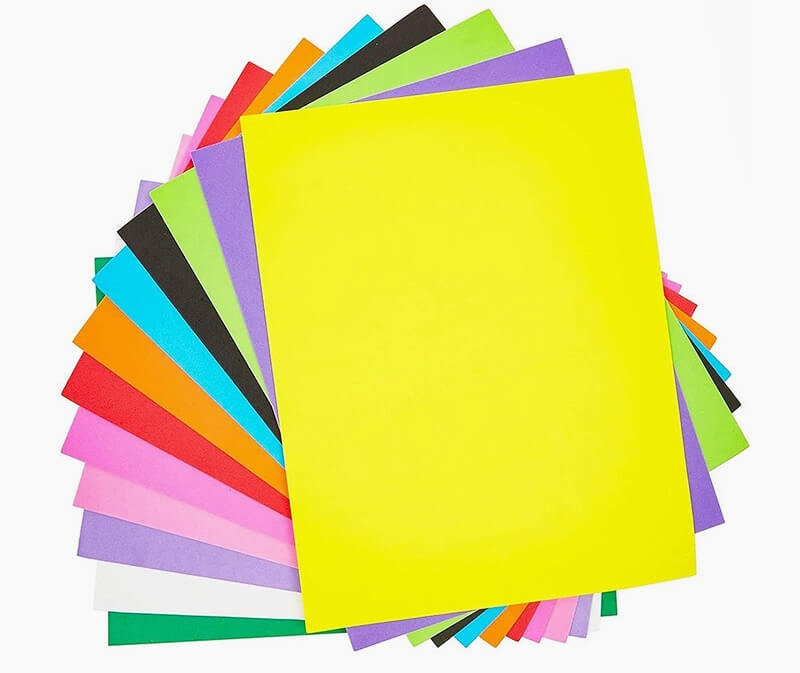
EVA foam7 is popular for its flexibility, cushioning, and toughness. It's a closed-cell material, which prevents liquid absorption – a plus for dip coating. However, EVA's surface energy can sometimes make achieving a super strong, permanent bond with standard vinyl plastisols challenging.
This can be harder compared to NBR/PVC. The vinyl might not "wet out" the surface as effectively. This could lead to weaker adhesion over time, especially under stress or flexing. To overcome this, sometimes surface treatments or primers are used on the EVA before dipping to promote better bonding.
Alternatively, specialized plastisol formulations designed for better adhesion to polyolefins like EVA might be needed. Careful control over preheat and cure temperatures is also important, as EVA can soften or distort if overheated. While it requires more attention to process details than NBR/PVC, EVA can certainly be vinyl coated successfully for many applications.
Where is Vinyl Dip Coated Foam Commonly Used?
Unsure if vinyl coated foam fits your product needs? Guessing leads to missed opportunities or wrong material choices. Seeing examples clarifies where this combination excels.
Vinyl dip coated foam is used widely in medical devices (grips, positioning aids), industrial safety gear (handles, bumpers), entertainment props (realistic feel, durability), and sports equipment (protective padding, grips) due to its durability, cleanability, cushioning, and customizable finish.
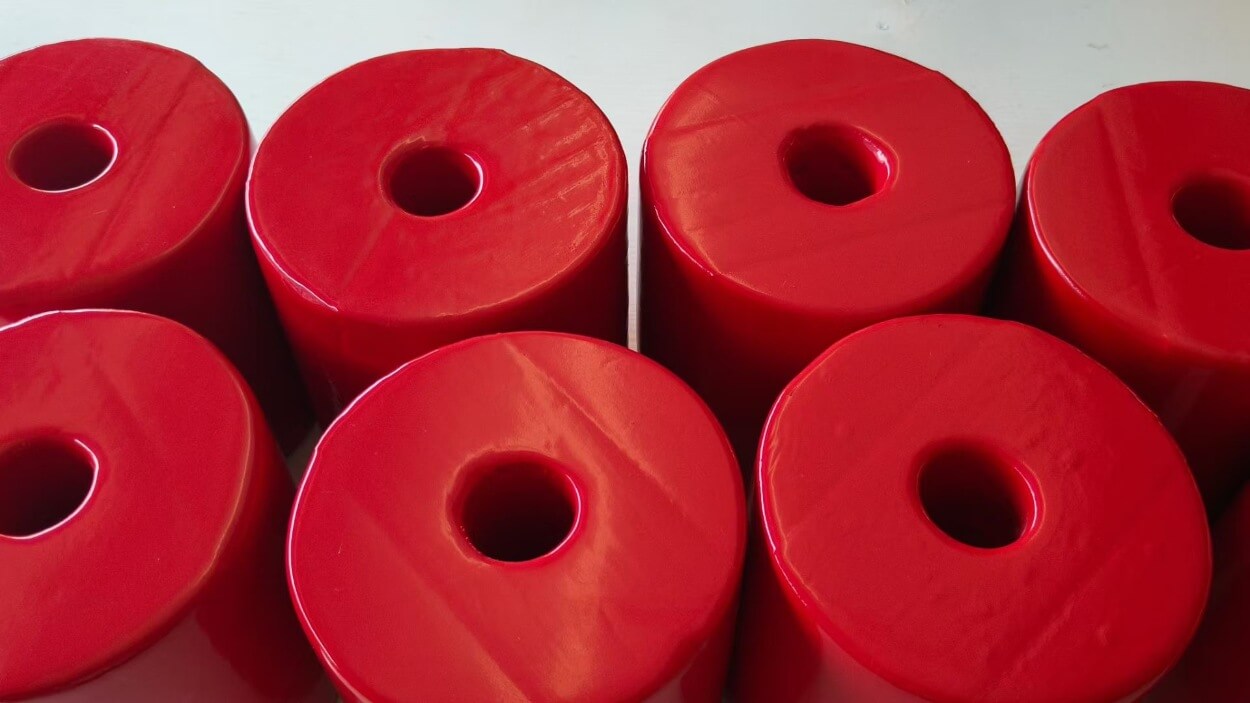
The combination of foam's cushioning and vinyl's durable, sealed surface makes it useful in many areas. Here are some examples:
-
Medical: Handles for instruments, patient positioning aids, wheelchair pads. The vinyl coating provides a cleanable, non-porous surface meeting healthcare standards. The foam offers comfort. Often uses PU or NBR/PVC.
-
Industrial: Grips for tools and levers, protective bumpers, anti-fatigue mats. Durability, oil resistance, and grip enhancement are key benefits. NBR/PVC is common here.
-
Entertainment/Props: Creating realistic-looking props (like weapons or textures) that are safe and durable. The vinyl coating allows for vibrant colors and specific finishes on lightweight foam cores (like EVA or specific PUs).
-
Athletic/Sports: Protective padding (helmet liners, body pads), exercise equipment grips, pool floats. Needs impact absorption (from the foam) plus a durable, sweat-resistant, easily cleaned surface (from the vinyl). NBR/PVC, XLPE, and specific molded foams are used.
How Do You Fix Common Vinyl Coating Issues on Foam?
Facing problems like bubbles, drips, or poor adhesion in your coating? These defects ruin parts and waste resources. Knowing common fixes helps achieve consistent quality results.
Fix common issues by controlling process parameters: adjust preheat/cure temps to stop bubbles/degradation, modify dip/withdrawal speed for drips/thickness, use primers or adjust plastisol for adhesion problems, and ensure foam is clean and dry before coating.
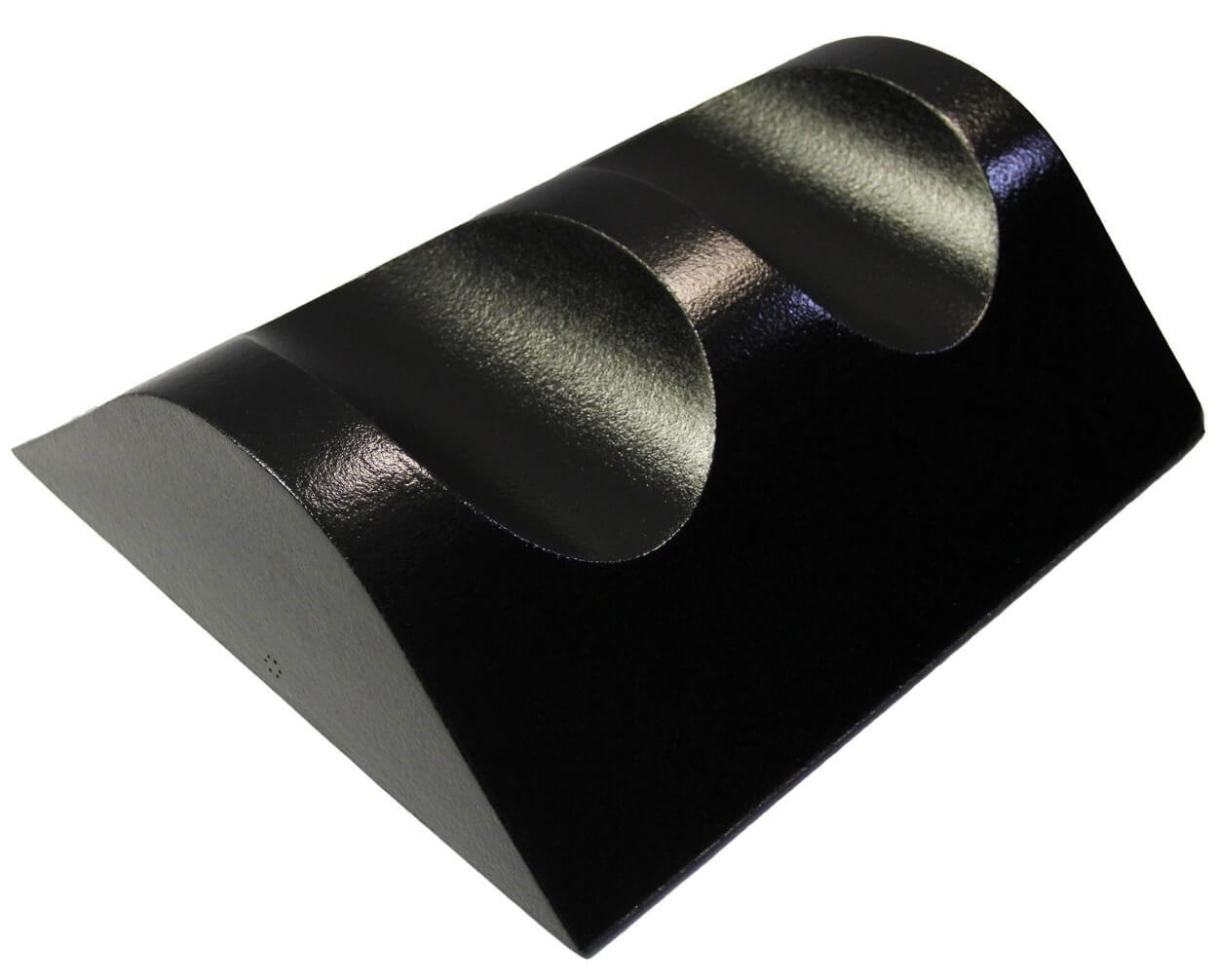
Even with the right foam, coating issues can arise. Here are common fixes we use:
-
Bubbles/Pinholes: Caused by foam outgassing8 or moisture. Fix: Dry foam thoroughly; adjust preheat temperature/time; try slower heating.
-
Drips/Uneven Coating: Due to plastisol viscosity9 or withdrawal speed. Fix: Adjust withdrawal speed; check/adjust plastisol viscosity; ensure proper part orientation during withdrawal.
-
Thin Spots: Caused by poor preheating or plastisol flow. Fix: Ensure uniform preheating; check plastisol level/viscosity; consider part rotation during dipping or curing if needed.
-
Poor Adhesion/Peeling: Foam incompatibility, contamination, or bad cure. Fix: Clean foam surface carefully; consider primers (especially for EVA/PE); verify cure temperature and time are sufficient for a full bond.
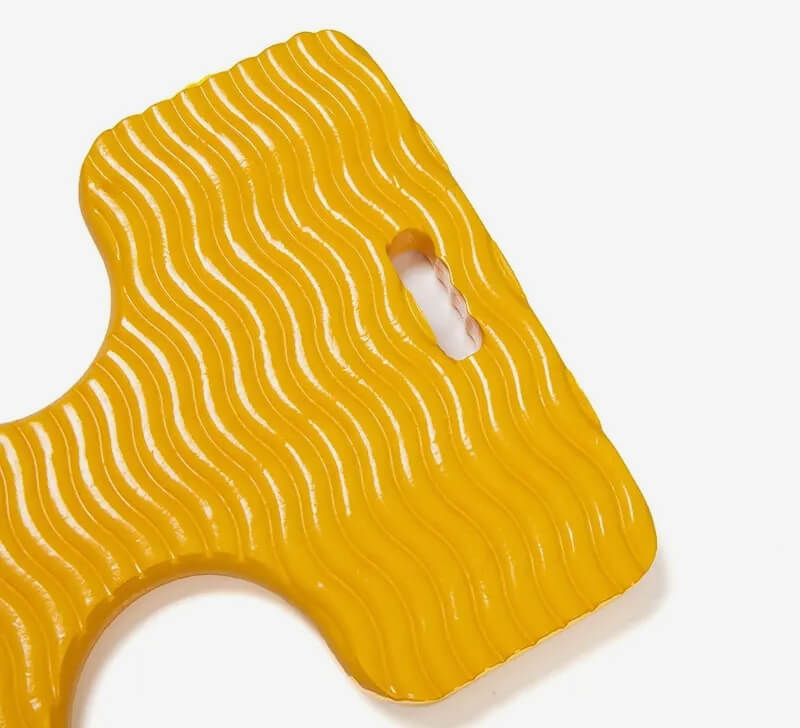
- Foam Distortion/Melting: Exceeding foam's heat limit. Fix: Reduce preheat or cure temperature; shorten heating time; select a more heat-resistant foam grade if necessary. Careful process control is key.
Conclusion
Selecting the right foam (like NBR/PVC, XLPE, PU, or prepared EVA) matched to vinyl coating needs ensures durable, high-quality results. Always consider heat resistance, cell structure, and adhesion properties.
-
Learning about plastisol will provide insights into its role in coating technologies and its benefits in various applications. ↩
-
This resource will provide insights into how density and chemical composition influence the performance of polyurethane foams, essential for your projects. ↩
-
Learn about vinyl dip coating processes to see how they can improve product longevity and quality. ↩
-
Explore the advantages of NBR/PVC foam to understand its applications and benefits in various industries, enhancing your knowledge on material choices. ↩
-
Discover the unique properties of closed-cell foam and why it's preferred in many applications for its durability and resistance to elements. ↩
-
Understanding thermal stability is key to selecting the right foam for heat exposure applications, ensuring durability and performance. ↩
-
Explore the advantages of EVA foam, including its flexibility and toughness, to understand its applications in various industries. ↩
-
Understanding foam outgassing is crucial for improving coating quality; this link will provide insights and solutions. ↩
-
Discover the impact of plastisol viscosity on coating processes and learn how to optimize it for better results. ↩

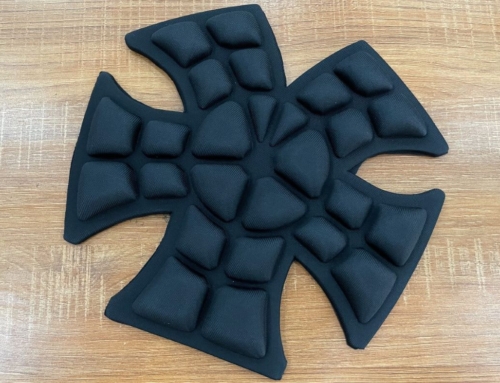
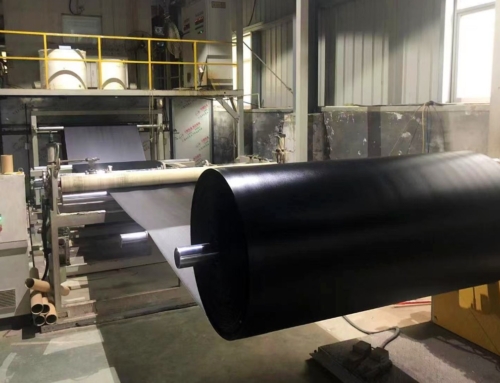
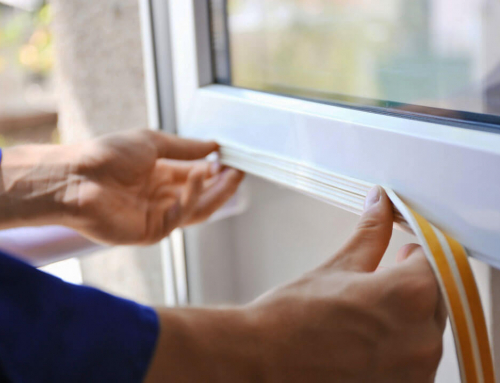
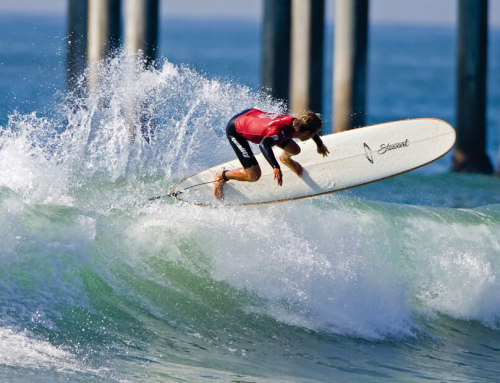
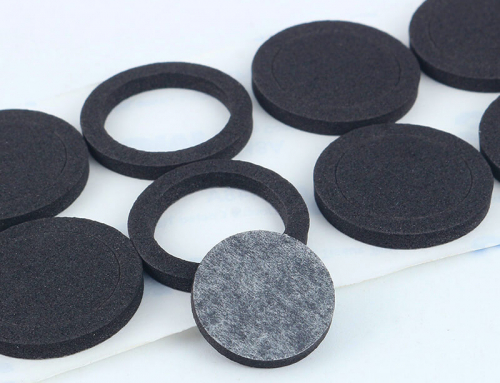
Leave A Comment